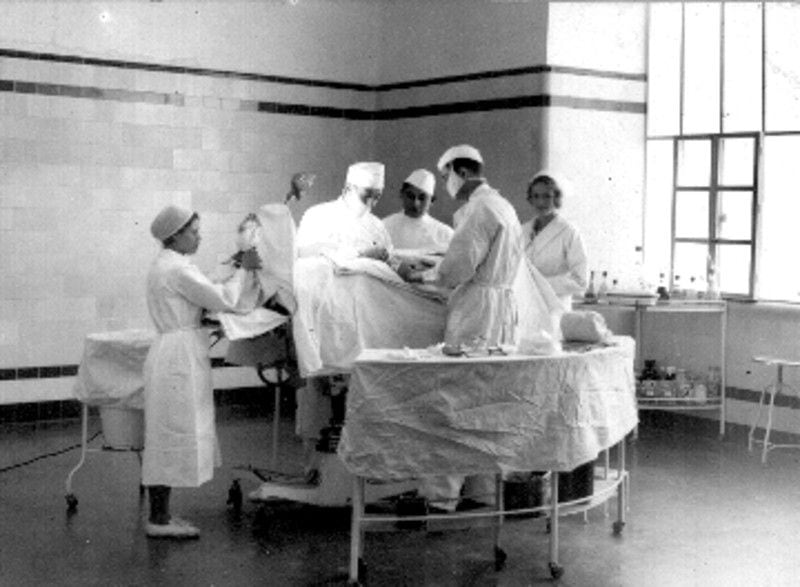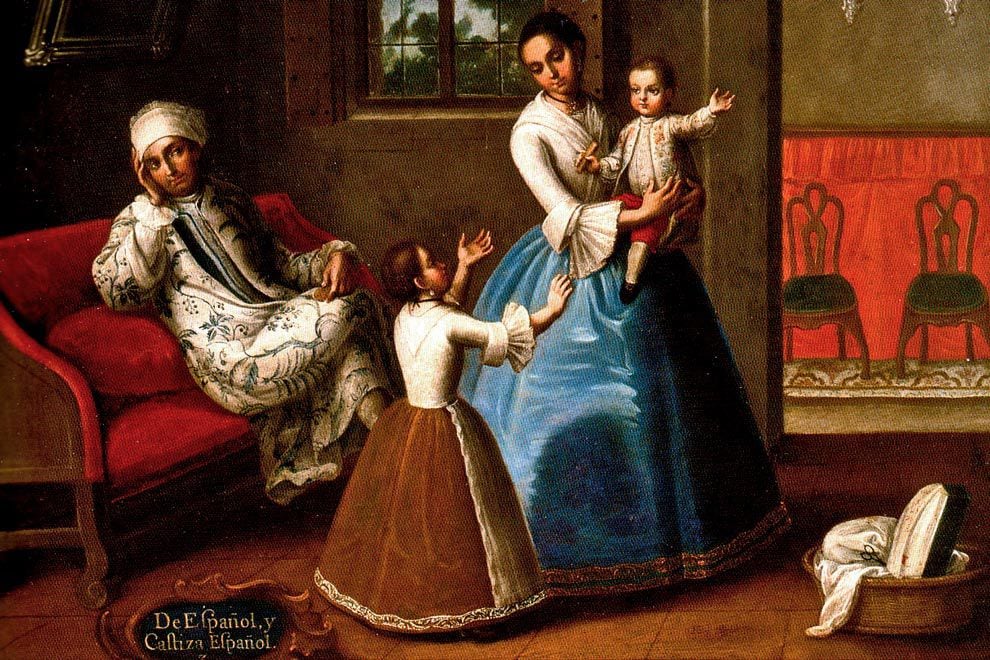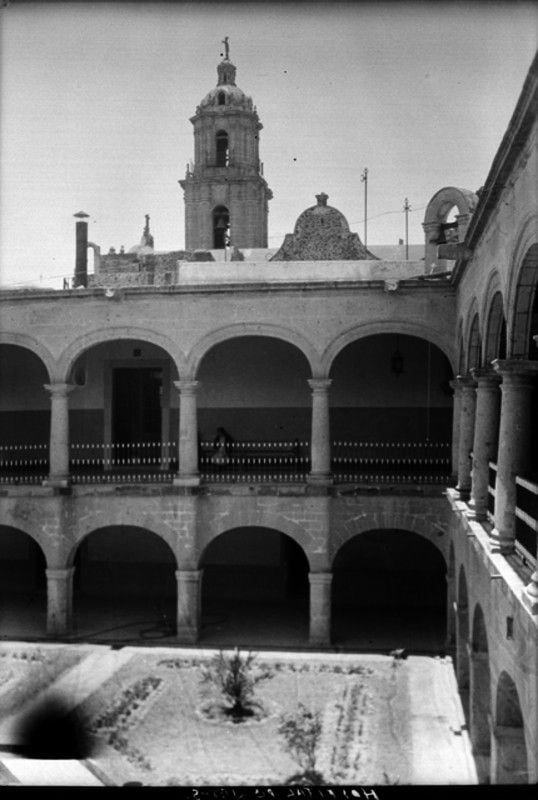
What would society be without those spaces full of health specialists who watch over and care for the well-being of the population? Although today you cannot imagine a country or a locality without medical centers, it was common before that hospitals or places of healing and intervention were not so abundant. Luckily, over time this changed.
In pre-Hispanic times, the way in which the sick and wounded were treated was very different. The journal Archaeology Mexicana of the National Institute of Anthropology and History (INAH) indicates that due to the lack of medicines and scientific advances, the best recipes to cure someone always came down to waiting for the miraculous effects of stones with minerals and a bath or tea with herbs.
With the arrival of Hernán Cortés and his Spanish army, various spheres began to be transformed in the religious, gastronomic, cultural, economic and health sectors. Because hospitals did not exist in pre-Columbian times, the Spanish courts decided to found a specialized site to care for patients of all kinds and of all walks of life.
According to the Institute for Bibliographic Research of UNAM, the oldest hospital is that of La Purísima Concepción and Jesús Nazareno, today known as Hospital de Jesús. Its construction is so old that many historians have debated whether this was the first health center on the continent.

The same source points out that it was supposedly built in the same place where Hernán Cortes and Moctezuma met for the first time in 1519, on the old road that led to Iztapalapa. Construction began in 1521 when “Cortés ordered that the hospital be built to serve the public without distinction between Spaniards, Indians and Castes”.
It began operations in 1524 and Friar Bartolomé de Olmedo was appointed as the first director of the building. It should be noted that in the records kept from the times of New Spain, different dates appear that mark the opening of the property.

The name was part of the strategy of evangelization that sought indigenous people to associate the names of places with that of some saints, thus making them feel more identified with the Catholic religion.
It later became known as the Marquis Hospital in honor of Hernán, who had just received the title of Marquis of the Valley of Oaxaca. Later, the name simply changed to Hospital de Jesús because the place “won in a raffle between hospitals, the image of a crucified Jesus, which was considered miraculous”.
There is also another version of INAH that explains that the name changed in the 17th century because an indigenous woman named “Petronila Jerónima when she died left an image of Jesus of Nazareno, a fact that was very significant for the locals”.

It should be noted that thanks to the fact that the Spanish conquistador turned it into a secular and collective institution, the building managed to survive even after the Reform Laws. Over time, the facilities were remodeled and used to meet the demand for health centers in the capital.
The hospital is still standing and is still part of the buildings that adorn the streets of Pino Suárez, Republic of El Salvador, Mesones and November 20. The construction continues to retain its colonial style and from the 16th century to the present day it has not stopped working.
KEEP READING:
Últimas Noticias
Debanhi Escobar: they secured the motel where she was found lifeless in a cistern
Members of the Specialized Prosecutor's Office in Nuevo León secured the Nueva Castilla Motel as part of the investigations into the case

The oldest person in the world died at the age of 119
Kane Tanaka lived in Japan. She was born six months earlier than George Orwell, the same year that the Wright brothers first flew, and Marie Curie became the first woman to win a Nobel Prize

Macabre find in CDMX: they left a body bagged and tied in a taxi
The body was left in the back seats of the car. It was covered with black bags and tied with industrial tape
The eagles of America will face Manchester City in a duel of legends. Here are the details
The top Mexican football champion will play a match with Pep Guardiola's squad in the Lone Star Cup

Why is it good to bring dogs out to know the world when they are puppies
A so-called protection against the spread of diseases threatens the integral development of dogs




